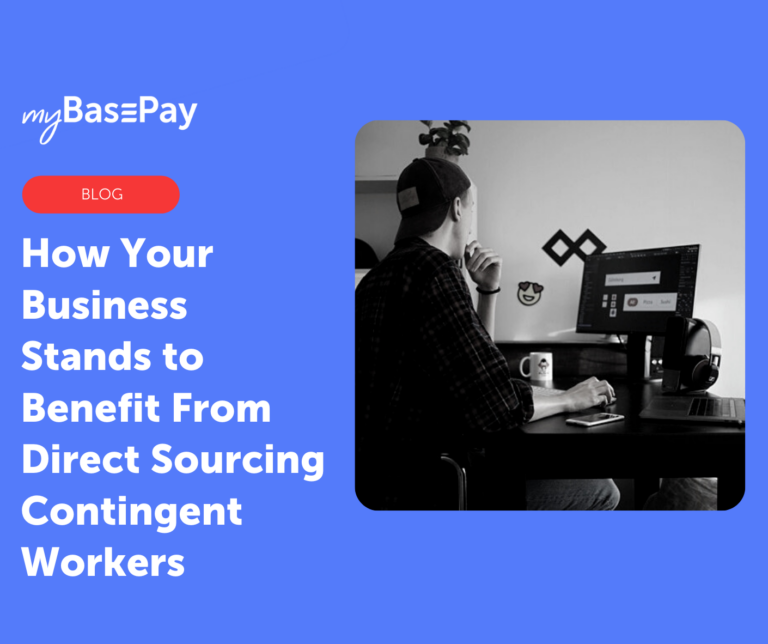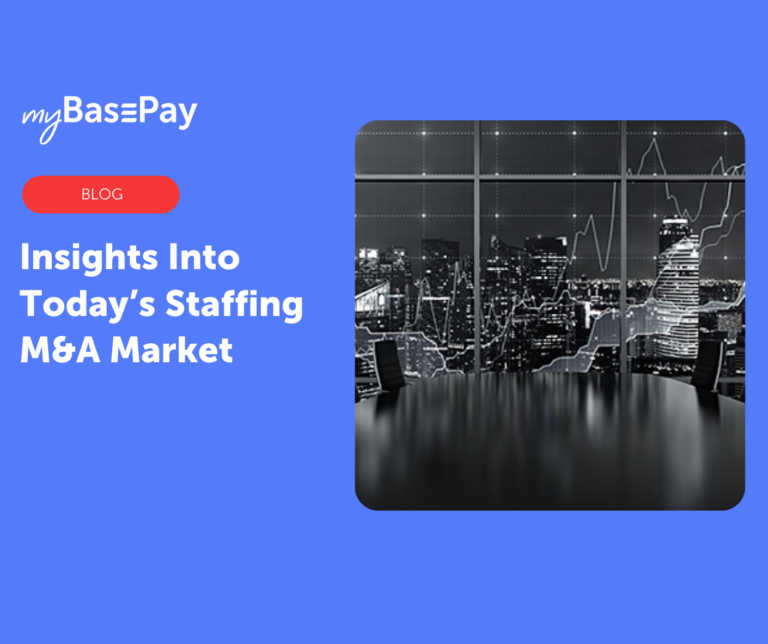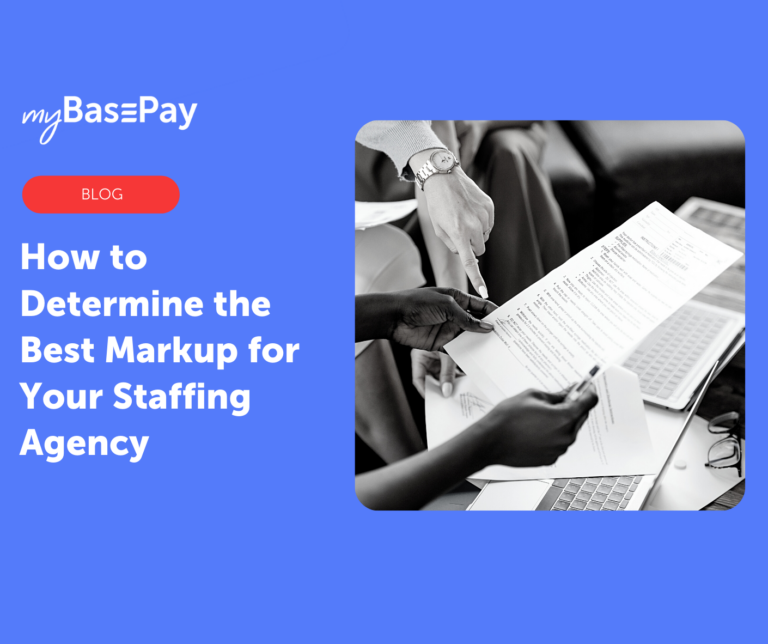How to Best Leverage Advanced Technology to Improve Your Direct Sourcing Program
Direct sourcing has become a major disruptor in the staffing industry; one that is poised to become even more widespread in the coming months and years. For businesses, the benefits of direct sourcing are immediately apparent. The ability to curate your own private talent pool makes the process of working with contingent workers far more efficient than in the past.
As you attract, curate and stay connected with contingent talent, you will be able to fill positions faster and in a more cost-effective manner. Because these individuals have already engaged with your organization in the past, onboarding also becomes more streamlined and effective.
As with any other task related to staffing, however, direct sourcing can become much more effective when your organization uses advanced technology to help run it.
Talent Pooling With AI Matching
Direct sourcing talent pools have ample sources to draw from. Contingent workers who have previously done projects with your organization, “boomerang employees” who used to work for you full-time but are now contractors, “silver medalist” candidates who previously interviewed for open positions and referrals from others in your network can all be part of your talent pools.
Of course, the level of engagement each of these individuals has had with your company can vary drastically. Naturally, the type of expertise each contingent worker offers will also vary significantly.
This makes dividing your database of contingent workers into separate talent pools a much-needed step for streamlining the process of filling open positions. When workers are divided into talent pools based on factors such as the type of service they provide or their level of experience with your organization, it becomes easier to categorize them and conduct effective outreach based on what is actually needed.
However, as your direct sourcing talent pools grow, it can become increasingly difficult to identify which individuals you should reach out to regarding a new opening. This is where AI matching has significant potential for streamlining this process. Your organization can supply the AI matching tool with information about the opening that needs to be filled, and trust the automated system to take care of the rest.
AI matching tools can analyze each member of your direct sourcing talent pool based on factors such as area of expertise and current availability to identify which individuals should be contacted about the opening. These systems ensure that the best available options for the position are contacted first, greatly reducing the time to fill.
Two-Way SMS Text Messaging
While SMS text messaging has been around for a while now, there is no denying its potential impact within a direct sourcing program. By giving contingent workers within your direct sourcing talent pool the ability to opt-in to a two way SMS text messaging system, you have one more way to reach them when a relevant opening comes up.
Nowadays, most people aren’t going to answer a phone call unless they recognize the number. On the other hand, research has found that 90 percent of people read a text message within three minutes of receiving it.
Many individuals — particularly Millennials — prefer texting and other messaging platforms because they feel it gives them greater control over their time and when or how they will provide a response. The convenience and less disruptive nature of texting ultimately feels more respectful of the individual’s time, which can go a long way in creating a positive candidate experience.
Two-way SMS text messaging systems often incorporate chatbots to further streamline responses from contingent talent. In addition to providing alerts about new openings, these messaging systems can aid in scheduling interviews and other meetings, send reminders or updates and even help initiate onboarding.
A messaging system that is fast, convenient and readily available will make it that much easier to reach individuals within your talent pools and start the onboarding process. Systems that are integrated with AI matching technology can send updates and notifications as soon as a need is identified.
Reporting and Analytics
Finally, reporting and analytics tools can help organizations determine the overall effectiveness of their direct sourcing efforts, and even help them make decisions regarding which contingent talent they should work with.
Intuitive tracking can help organizations look at big-picture concerns, such as the amount of time it takes to fill open positions and the speed of the onboarding process, to identify and correct inefficiencies that could negatively affect the candidate experience. Businesses can (and should) collect information from their direct sourced talent to gain greater insights about the strength of their employer brand.
By drawing on these data points in a convenient database, it will become much easier to identify the strengths and weaknesses of the employer brand. For example, you might identify the need for a human curator to better facilitate candidate engagements after a candidate’s initial interaction with a chatbot messaging system.
Reporting and analytics tools can also help identify inefficiencies with the talent pools themselves. If a particular sector does not have a sufficient number of contingent workers to fill project needs from the direct sourcing talent pools alone, additional recruiting efforts may be needed to fill the position or grow the talent pool itself.
Quality data will help your organization make smarter, informed decisions as it continually assesses how to better engage with the contingent workforce.
Using an EOR to Maximize Technology Efforts
The ultimate goal of using technology in a direct sourcing program is to deliver an exceptional candidate experience. High-tech interfaces with readily available support and contact from your organization help strengthen your employer brand and keep you top-of-mind with contingent talent who have engaged with you in the past.
Even with technology, however, the process of onboarding contingent talent and managing compliance and other related issues cannot be left to chance — nor can it be fully automated. This makes working with an employer of record (EOR) crucial for any business seeking to implement a direct sourcing program.
When your direct sourcing partner also provides EOR services, your organization can operate with confidence, knowing that all crucial back-end processes are being managed appropriately. This ensures consistent high-quality experiences for all contingent workers that engage with you, further growing your employer brand.
Author: Cesar Romero
Cesar is the Head of Marketing at myBasePay, where he’s responsible for overseeing the company’s content marketing, community, and partnerships strategy. He also co-hosts The Ivy Podcast where he interviews executives from Fortune 500 companies on executive leadership. When he’s not helping startups with marketing and community strategy, you can find him paying it forward by serving as a mentor for leading organizations like StartingBloc, Hive, and Global Citizen Year.






